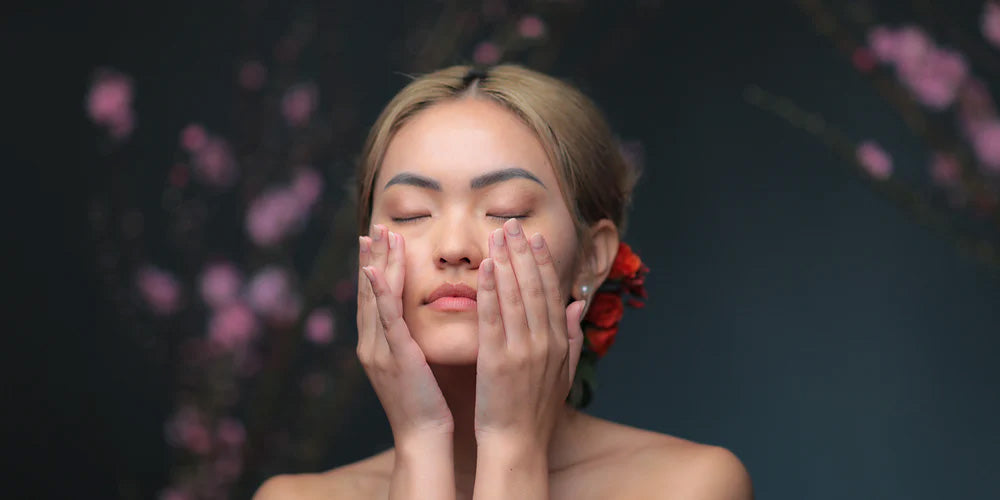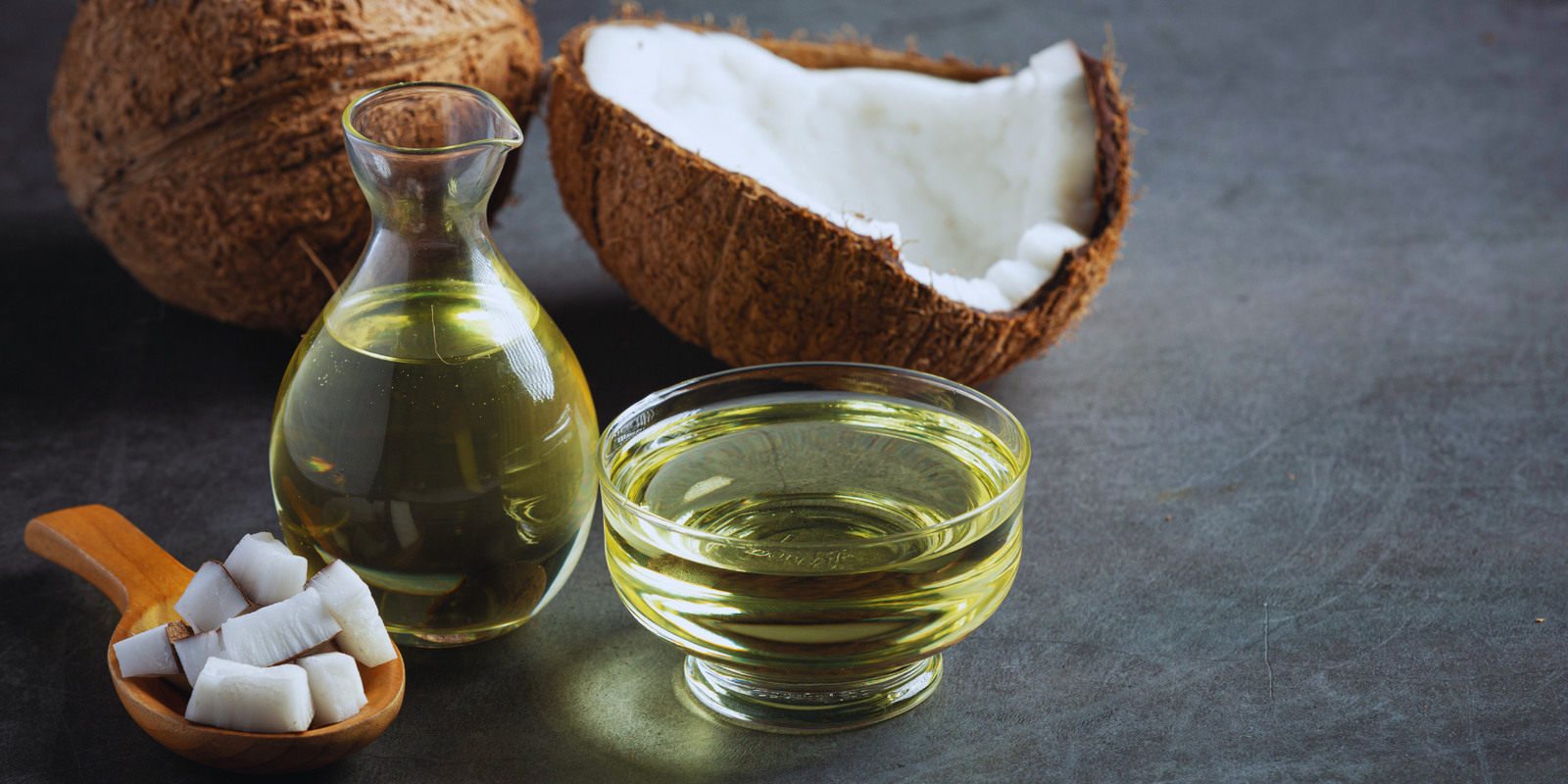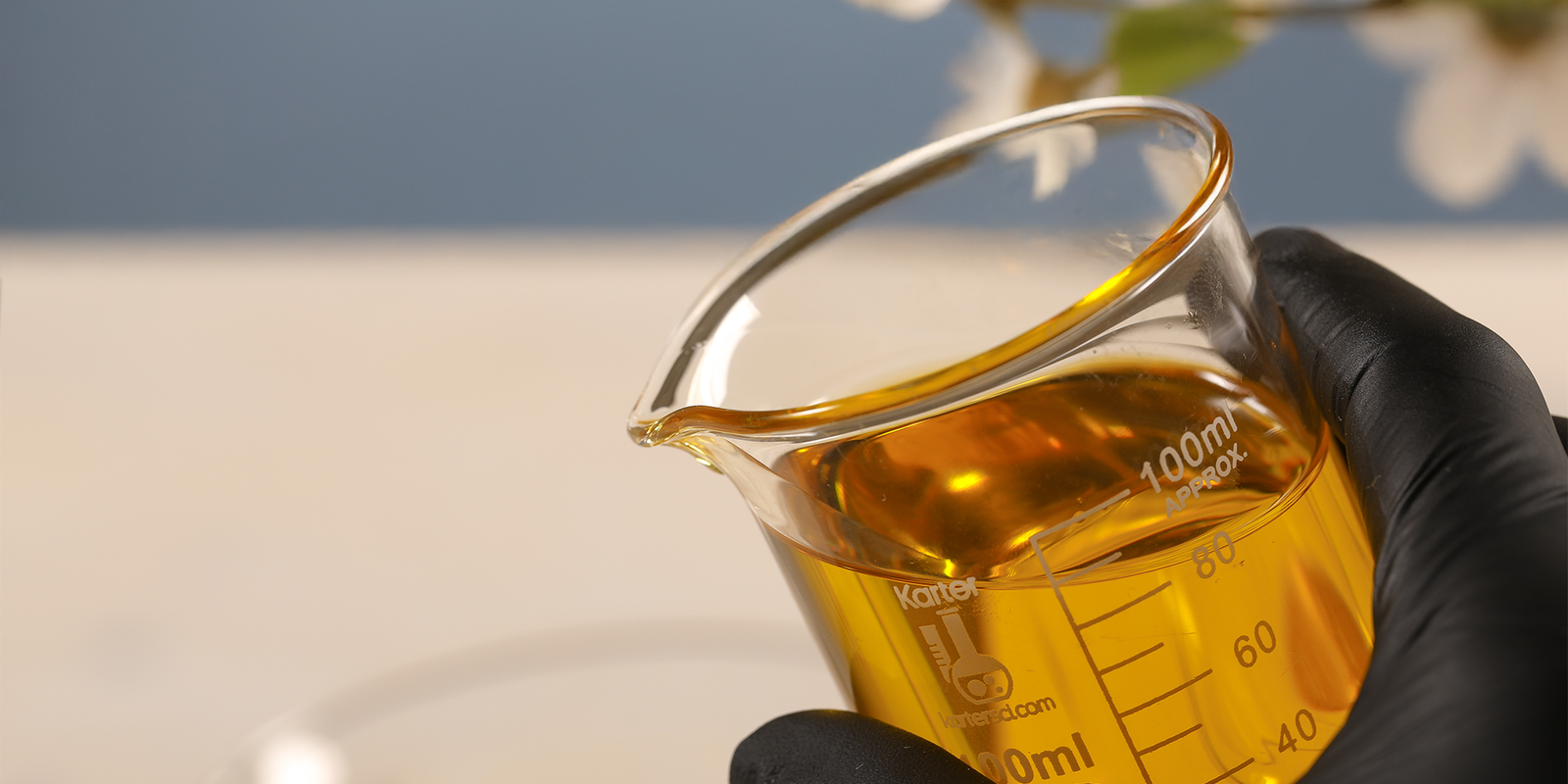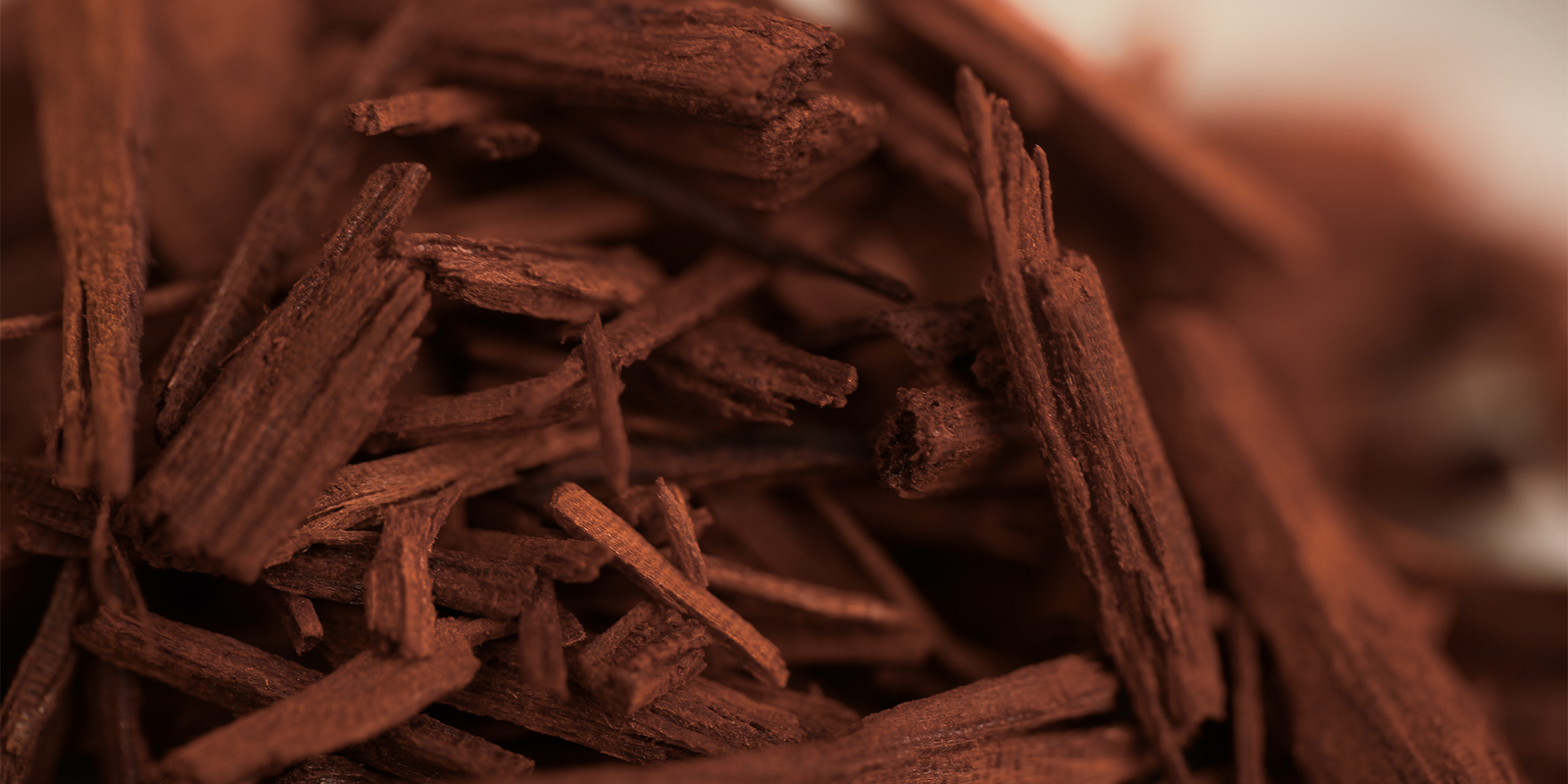EWG Verified® | Free shipping on $35+
EWG Verified® | Free shipping on $35+
Blackheads Explained: Causes, Prevention & the 5-Minute Oil Cleansing Ritual

Clients ask me often how to reduce blackheads. In this post, I will dive into what causes them and natural ways to remove them and keep them from coming back.
Blackheads Explained: Causes, Prevention & the 5-Minute Oil Cleansing Ritual
What are blackheads?
Blackheads are clogged pores. They are formed by a buildup of excess sebum (skin oil) and dead skin cells that accumulate in your pores. These buildups harden and then oxidize and darken on the surface, creating the appearance of black dots on your skin. Blackheads typically form on areas of your face with more sebaceous (oil) glands, like the T-zone, although they can pop up anywhere.

Why blackheads form and who gets them?
Several factors can cause blackheads to form. Mostly, using heavy skincare products and not cleansing your skin properly are the primary causes. However, some studies now link an imbalance of fatty acids, particularly the ratio of Oleic to Linoleic fatty acids, to causing sebum to stick inside your pores.
Everyone will experience blackheads at some point; however, people with oily skin are particularly prone to them. When you have oily skin, your skin produces more oil and has larger pores, which are the ideal conditions for blackheads to form. Blackheads are less common in people with dry skin because they typically have smaller pores and naturally produce less oil.
Why you should not squeeze blackheads?
The most common way people try to eliminate blackheads is to squeeze them out manually. The problem with this method is that if you are not using the proper technique, you can actually rupture the oil gland and force bacteria into the surrounding tissue. This leaves you with an inflamed, often painful mark that can last for days or even weeks. In addition, you can cause damage to the surface of your skin if you are using your fingernails.
When you go to an esthetician to have them removed, we are trained to know the right amount of pressure, the right angle, and the right tools to get the job done without causing damage or irritation to the skin; this is the only instance where blackheads should be manually removed.

Pore strips & other harsh solutions for blackheads.
Pore strips have been a trendy option for people and might give the satisfaction of pulling something out of your pores, but they’re harsh and damaging to your skin. The adhesives can strip away parts of your epidermal layer. If you have any pre-existing skin issues like acne, eczema, or psoriasis, pore strips can be extremely damaging to your skin leaving you dry, irritated, and even more prone to breakouts.
A gentler, more effective way is to naturally dissolve and lift away blackheads with oil cleansing, which clears sebum without harming your skin’s skin barrier and can help reduce blackheads and pore appearance over time.
The science and wisdom of oil cleansing: the secret to eliminating and preventing blackheads.
The secret to getting rid of blackheads on your own is quite simple: cleansing your skin with oil! It may seem counterintuitive, but oil is the best substance to clean out your pores. There is a scientific principle that ‘like cleans like’, and when you apply oil to your skin, it breaks down the oil inside your pores.

Is oil cleansing good for oily skin?
When you use oil to cleanse dry skin, it keeps your skin moisturized and supple. Many people with oily skin fear using oil to cleanse will make their skin more oily. The opposite is true! When you use oil to cleanse oily skin, it helps to balance out your skin’s natural oil production, which leaves it balanced and less oily.
These are the best oils for blackhead removal.
Oils that are rich in linoleic fatty acid are the best to cleanse with because this type of fatty acid is especially helpful in loosening up blackheads. Some examples of linoleic-rich oils include:
- Safflower
- Grape Seed
- Hemp Seed
- Sesame
- Sunflower
- Meadowfoam
- Jojoba
In particular, Meadofoam and Jojoba are my favorite oils because they are very similar in composition to skin sebum and can break down clogged pores easily.
Step-by-step 5-minute oil cleansing routine.
The best way to oil cleanse is to:
- Apply a moderate amount of your chosen oil to your face
- Gently massage, concentrating on any areas where you have blackheads. The reason I suggest 5 minutes (at least!) is that this allows the oil plenty of time to loosen the clogged pores, and the increased blood flow and subtle heat to the area will help liquefy and break down the blackheads.
- Rinse with warm water
- Use a clean washcloth to remove the excess oil
- Pat your skin dry
Oftentimes, when oil cleansing for this long, you can feel them dislodge from your pores and roll across the surface of your skin. Set a timer for 5-minutes and give this a try!
You should also consider how often you are cleansing, I recommended once a day at night but you can read more about how often you should exfoliate your face in our other Apotheca Edit post here.
Take oil cleansing to the next level with our Fountain Of Youth Cleansing Clay.
I’m a huge fan of oil cleansing; I use it in my facials and recommend it to all my clients. The only downside to cleansing with straight oil is that you need a washcloth or an additional cleanser to fully remove it from your skin, especially if you have makeup on. This secondary cleansing can cause skin stripping from double cleansing, over exfoliation, and in some cases dry skin. You can discover more about over-cleansing your skin in our article This is How You Should Be Cleansing Your Skin. This is why I created our Fountain Of Youth Cleansing Clay. The formula is a blend of three powerful cleansing oils (Safflower, Meadowfoam, and Castor) mixed with Kaolin, a mineral-rich clay.
The result is a thick, cream-like cleanser that gives you all of the benefits of oil cleansing, but when water is added, it emulsifies into a silky lather that rinses clean off your skin with no need for any additional cleansing. It makes oil cleansing at home so simple, plus it contains several other botanical ingredients with potent antiseptic, anti-inflammatory, and detoxifying compounds that are incredibly effective at cleansing your skin.
Resources
Also in Apotheca Edit

The Truth About Coconut Oil in Skincare: Why I Never Use It on the Face
While coconut oil does have benefits for skin and hair, its fatty acid profile makes it a less-than-ideal choice for facial skincare. If your goal is clear, youthful, and radiant skin, there are far better options.

Are Seed Oils Bad For Your Skin?
When it comes to seed oils and your skin, it’s not about avoiding them- it’s about choosing wisely.

What Does Sandalwood Oil Do for Skin? The Anti-Aging Benefits Explained

